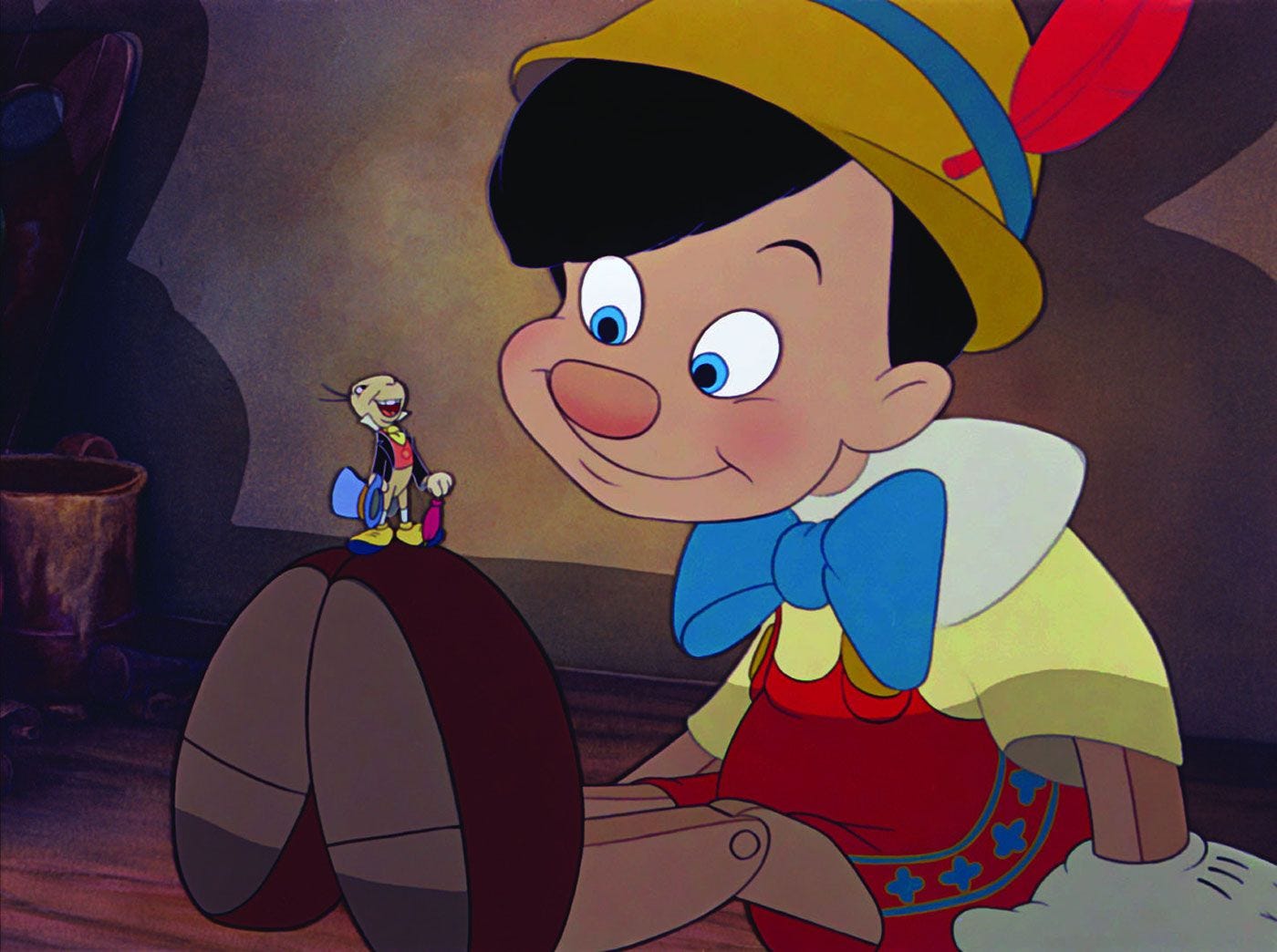If you can cast your mind back a whole month, you may recall the opening entry in this series, in which I dug deep into the first full-length animated feature from Walt Disney Animation Studios, Snow White and the Seven Dwarfs. (Remember last month? When Twitter wasn’t named after a letter of the alphabet that a stupidly rich man thinks is super-cool and badass? Ah, good times.)
In that essay, I talked about the Grand Unifying Theory of Disney Animation, as I will now dub it, because why not. Said theory is that each of the films in the Disney canon of feature animation embodies at least one of the common emotions once captured in the Pixar film Inside Out. The second part of the theory is that the popularity of Pixar has, over time, made it so only certain emotions get center stage in Disney animation, both in terms of what emotions guide certain stories and how we react to those stories.
The best Disney animated films — like many of the best films in general — do not lean too heavily on one specific emotion. There is Joy in them, yes, and often Sadness, but the better titles aren’t all about making you cry or making you laugh. There’s a solid blend that makes those stories more memorable. Snow White — which, as you may recall, is not my personal favorite — does more than just create Fear in its depiction of a darkened forest or a terrifying Queen. It does more than create Joy in the dance sequence between Snow White and the dwarfs, more than make you feel Sadness at the possibility of our heroine dying.
And so on. You can’t make a movie that leans so heavily on one emotion and expect it to work every time, especially if you keep leaning on that one emotion over and over again, and yes, I’m still looking at Pixar with their propensity to make you cry. You can try to do that, and it might work some of the time, but it’s not going to be successful every round. The earliest Disney films, perhaps because they were made with less concern about how many kids might have nightmares, feel more daring, edgier (yes, really), and more profoundly haunting because their makers felt some amount of freedom to push boundaries.
“Haunting” is the word that I keep thinking of in regards to this month’s title: one of the greatest animated films of all time, Pinocchio. Is there a more haunting film Disney has ever made? I’m tempted to say no. Let’s dive into why.
Keep reading with a 7-day free trial
Subscribe to That Still, Small Voice to keep reading this post and get 7 days of free access to the full post archives.




